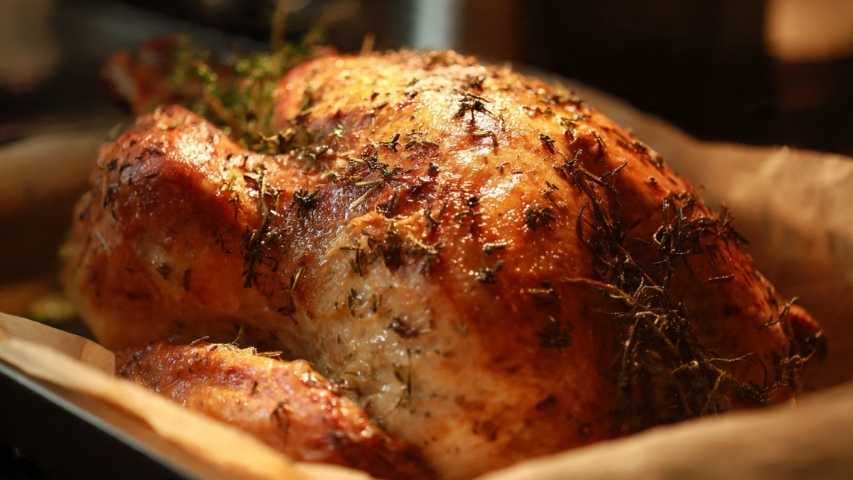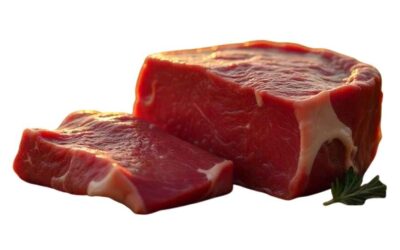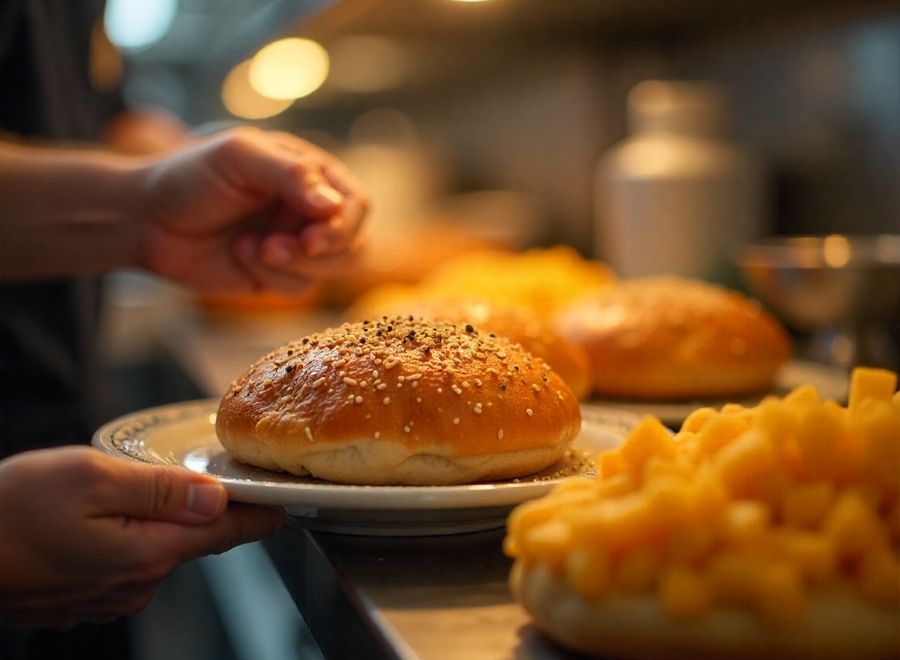Cross-contamination is a serious food safety hazard. (Food Safety Education Month: Preventing Cross-Contamination, 2022) When bacteria from raw foods transfer to ready-to-eat (RTE) foods, it can cause foodborne illness. (Food Safety Education Month: Preventing Cross-Contamination, 2022) For food workers, preventing this transfer is a critical responsibility. This guide explains how to protect ready-to-eat food from contamination.
Following proper safety procedures protects your customers, coworkers, and the reputation of your establishment. Understanding and using these methods will help you maintain the highest standards of food safety.
What Are Ready-to-Eat (RTE) Foods?
Ready-to-eat foods are items that will not undergo further cooking before being served to a customer. These foods are safe to eat as they are. Because they receive no final “kill step” like cooking to eliminate pathogens, they must be handled with extreme care. (Ready-to-Eat Foods: Examples and 5 Safe Handling Tips – FoodSafePal®, n.d.)
Examples of ready-to-eat foods include:
- Washed fruits and vegetables (e.g., salad greens, sliced tomatoes)
- Delis meats and cheeses
- Cooked foods served cold (e.g., pasta salads, cooked shrimp)
- Bakery items (e.g., bread, cakes, donuts)
- Garnishes (e.g., parsley, lemon wedges)
Any food that a customer can eat without additional preparation is considered ready-to-eat.
Use Proper Hand Hygiene
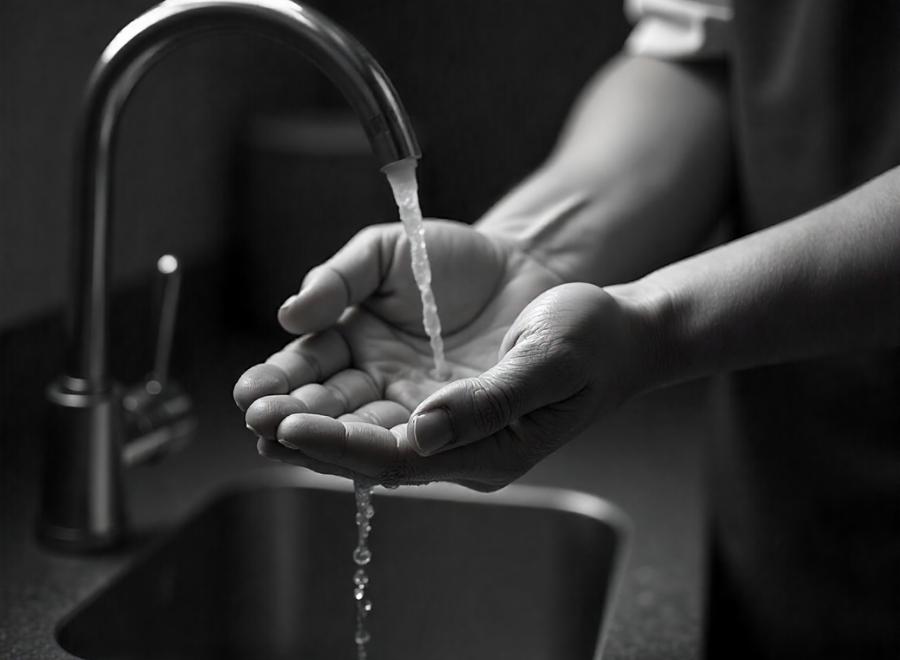
Clean hand (Preventing Illness with Handwashing and Glove Use, 2024)ds are the first line of defense against foodborne illness and contamination. Food workers must wash their hands thoroughly and often.
When (Sanitation Performance Standards Compliance Guide, n.d.) to Wash Your Hands
Handwashing is required before starting work and after any activity that could potentially contaminate your hands. This includes:
- Using the restroom
- Touching your hair, face, or clothing
- Handling raw meat, poultry, or seafood
- Taking out the garbage
- Sneezing, coughing, or using a tissue
- Handling money or electronic devices
- Touching any dirty surface or equipment
How to Wash Your Hands Correctly
Follow these steps for effective handwashing:
- Wet your hands with clean, running water.
- Apply soap and lather well.
- Scrub your hands for at least 20 seconds. Clean the backs of your hands, between your fingers, and under your nails.
- Rinse your hands thoroughly under clean, running water.
- Dry your hands using a single-use paper towel or a hand dryer.
Use Single-Use Gloves
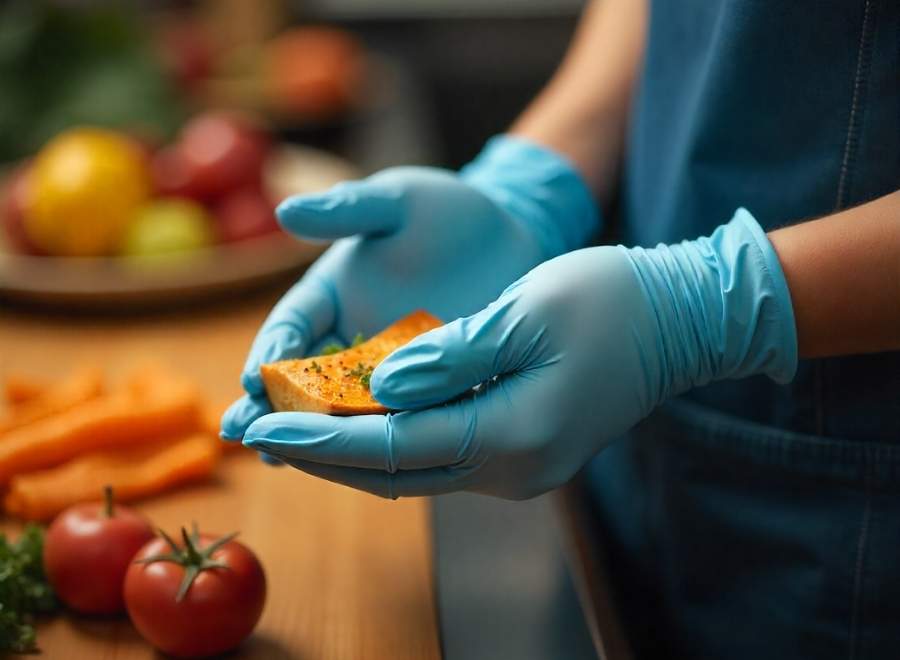
Single-use gloves provide an essential barrier between your bare hands and ready-to-eat food. (Gloves, n.d.) However, they are only effective when used correctly.
Key rules for glove use:
- Wash hands first: Always wash your hands before putting on a new pair of gloves.
- Change gloves often: Treat gloves like a second skin. Change them whenever you need to wash your hands. This includes after handling raw food, touching a non-food surface, or after four hours of continuous use.
- Never reuse gloves: Single-use gloves are intended for single-use only and should be discarded after each task. Never wash and reuse them. (Gloves, n.d.)
- Use the right size: Gloves that are too big can fall off, while gloves that are too small can tear easily.
Use Utensils and Deli Tissue
Utensils and deli tissues are other effective tools for creating a barrier between hands and food. They are an excellent alternative to gloves for handling ready-to-eat items.
- Tongs: Use tongs to handle items like salad ingredients, bread rolls, or pastries.
- Spatulas: Spatulas are useful for serving items like cake slices or casseroles.
- Deli Tissue: Use a sheet of deli tissue to pick up individual items, such as cookies, bagels, or sandwiches.
Using utensils minimizes direct contact with food, reducing the risk of transferring pathogens from your hands. (Kitchen Utensils Can Spread Bacteria Between Foods, UGA Study Finds, 2015)
Prevent Cross-Contamination
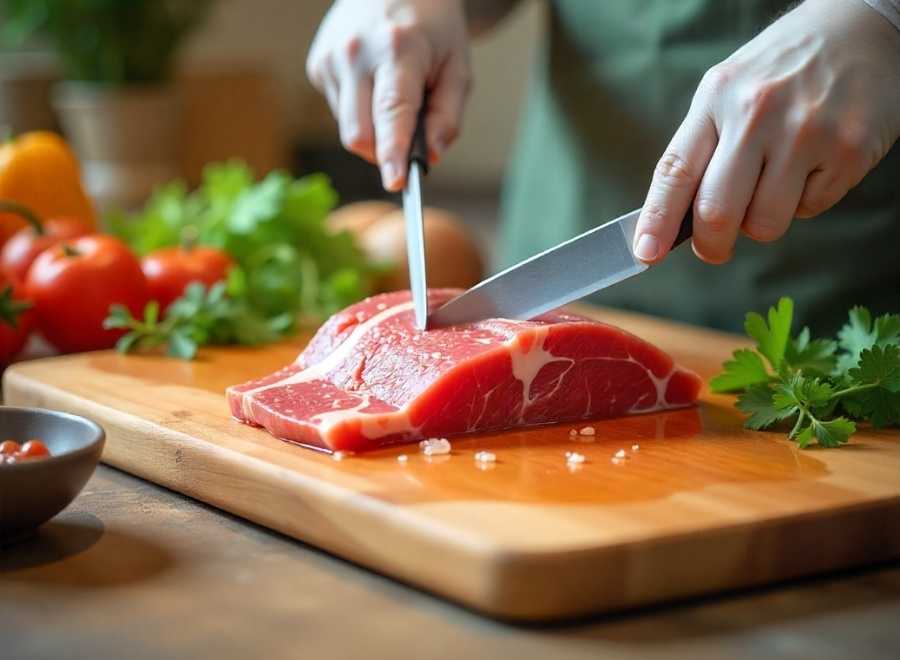
Cross-contamination occurs when harmful germs are transferred from one surface or food to another. (Cross-contamination, n.d.) Preventing it is vital when working with ready-to-eat foods.
Separate Raw and Ready-to-Eat Foods
- Storage: Store raw meat, poultry, and seafood below ready-to-eat foods in the refrigerator. This prevents raw juices from dripping onto and contaminating the food below. (Purchasing, Receiving, Storing – Food Safety Training Institute, n.d.)
- Preparation: Use separate cutting boards, utensils, and work areas for raw and ready-to-eat foods. A color-coded system is a great way to keep things separate (e.g., a red cutting board for raw meat and a green one for vegetables). (Colour-coded cleaning and food preparation, n.d.)
Clean and Sanitize Surfaces
- Clean first: Cleaning removes food and dirt from surfaces. Use soap and water to scrub countertops, cutting boards, and utensils.
- Sanitize second: Sanitizing reduces the number of pathogens to safe levels. (National Food Safety Month Week 2: Clean and sanitize right!, 2020) After cleaning and rinsing, apply an approved food-contact sanitizer according to the manufacturer’s instructions.
- Frequency: All food-contact surfaces must be cleaned and sanitized after each use, especially after they have been in contact with raw food. (Sanitation Performance Standards Compliance Guide, n.d.)
Maintain Food at Safe Temperatures
Bacteria grow rapidly in the “temperature danger zone,” which is between 41°F and 135°F (5°C and 57°C). (“Danger Zone” (40°F – 140°F), n.d.) To keep ready-to-eat foods safe, you must control their temperature.
- Cold Holding: Keep cold ready-to-eat foods at or below 41°F (5°C). (Safe Handling of Take-Out Foods, n.d.) Check the temperature of refrigerators and cold-holding units regularly to ensure optimal storage conditions.
- Hot Holding: Keep hot, ready-to-eat foods at or above 135°F (57°C). (Hot and Cold Holding of Food, n.d.) Use steam tables, chafing dishes, or other hot-holding equipment.
Always use a calibrated food thermometer to check the internal temperature of foods.
Protect Your Food Supply
Protecting ready-to-eat foods from contamination is a fundamental part of a food worker’s job. By using barriers like gloves and utensils, practicing excellent hand hygiene, and preventing cross-contamination, you ensure the food you serve is safe for every customer.
Consistent training and adherence to these food safety principles are the most effective ways to maintain a safe kitchen environment.











